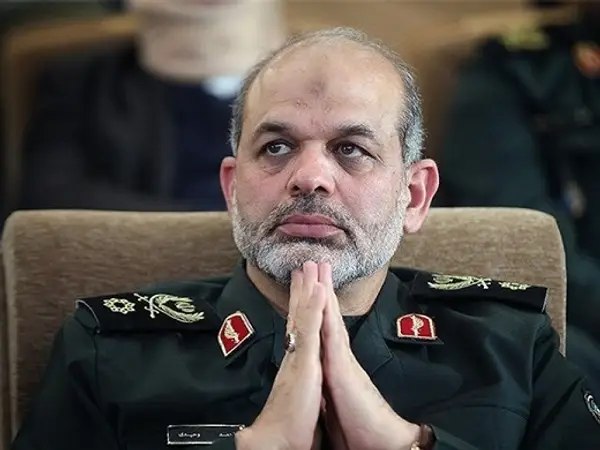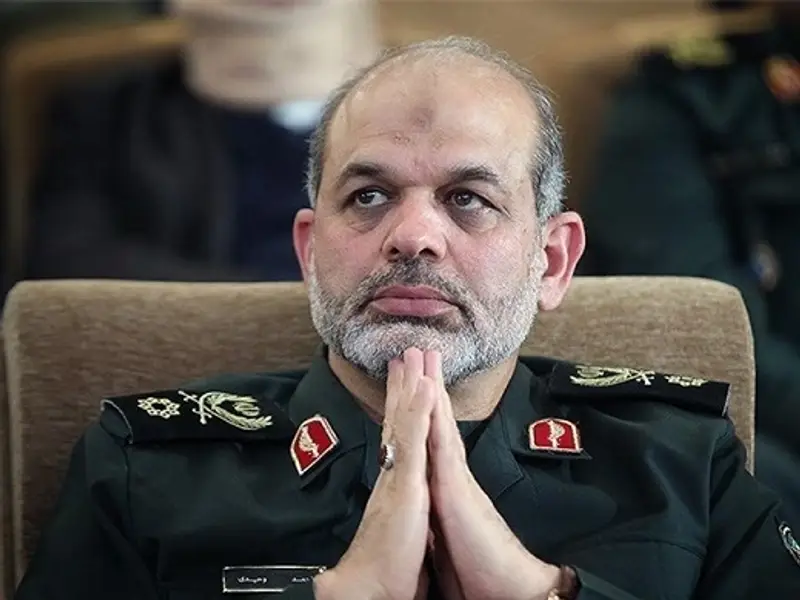Iran's Minister of Interior has announced that more than one million ID cards have been issued to foreign residents with plans to include more.
Ahmad Vahidi explained that rather than a national ID card like Iranian citizens, foreign nationals will be assigned an identification number that serves a similar function.
Iranian officials report that the country is currently home to an estimated five million Afghan residents, of which only 780,000 hold official refugee status, leaving the majority undocumented. Some estimates even suggest the Afghan population may be as high as eight million.
The rapid growth of the Afghan population in Iran has sparked contentious debate, with many fearing that the regime is trying to bolster support amidst rising discontent, offering incentives like subsidized energy and food.
The move could also be aimed at addressing concerns related to population decline or even to strengthen the proxies by recruiting young Shiite Hazara Afghans to the regime's forces.
Opinion is divided. Last month, lawmaker Mohsen Pirhadi stated, "The matter of Afghan migration to Iran should not be exclusively seen through a negative or problematic lens, nor should it be regarded as an undesirable social phenomenon."
According to the latest figures communicated by the Government of Iran to the UN's refugee commission (UNHCR), 762,000 refugees live in Iran, of which 750,000 are Afghans and 12,000 are Iraqis. Around 586,000 Afghan passport holders with Iranian visas also live in Iran.
The UNHCR claims that in 2022, the government of Iran undertook a headcount of all undocumented Afghan nationals in the country, including those who newly arrived following the Taliban takeover in 2021, through which some 2.6 million Afghans were registered. According to official figures from Iran, at least 500,000 undocumented Afghans did not participate in the headcount.

